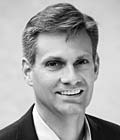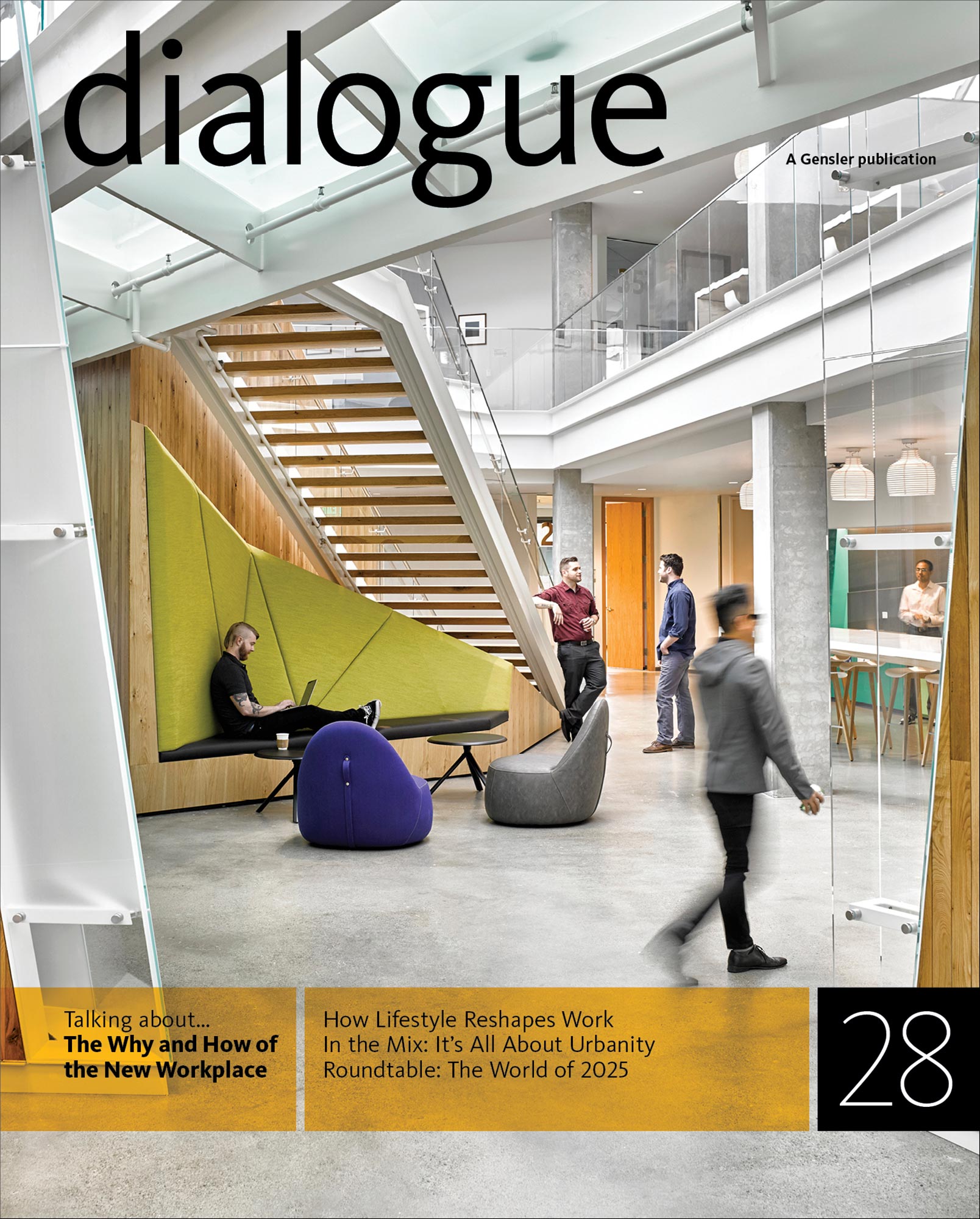Roundtable: Work in 2025
How will the world of 2025 impact work and the workplace? Four experts in demographics, economics, transportation, and technology share what they foresee and its possible implications.
What will the US workplace look like in 2025?
Alan Berube: In 10 years, the Millennial generation will be the workforce’s largest cohort. It will make a significant imprint on the workplace in the same way that the Boomers did when they were coming of age. While Millennials will be the largest segment, they won’t necessarily be the most productive. Research on the link between growth and demographics suggests that 40- to 50-year-olds are actually the most productive workers. Many Boomers will have reached retirement age by 2025, but a lot of them will still be in the workforce. They have a lot to offer. To sustain economic growth and productivity, and take full advantage of what older workers can contribute, the workplace of 2025 is likely to be age-diverse in makeup and designed accordingly.
The workplace will be more diverse, since 45 percent of the Millennial cohort is non-white, while the cohort aging into retirement is 25 percent non-white. So we’ll see the growth of groups that have missed out on economic opportunity historically. Rising income inequality is a near- and medium-term threat to the idea that our cities should be diverse. It puts political pressure on cities to do something about it—raising the minimum wage, for example, the way Los Angeles, San Francisco, and Seattle just did. The threat is to middle-class aspirations—a very powerful narrative in American society. People sense that the rules of the game for becoming middle class have changed over the past 30 to 40 years. In 2025, more people may view being middle class as an aspiration, not a reality, but they’ll still need to feel they have a shot at it.
Do you see technological disruption as a threat to the workforce?
AB: Conventional wisdom has always been that technology is a net positive for any advanced economy. It may destroy a few things in the short run, but it very quickly creates new forms of value, new companies, and new opportunities. But if you look today, post-recession, the rate of slower job growth and slower corporate investment has even the neoclassical people a little bit worried: “Whither goes the American labor market in the face of increasingly rapid technological innovation?” There is potentially much more massive dislocation of a broad swath of workers out of not just the kind of blue-collar occupations that have been leaving us for a long, long time, but even the white-collar occupations that artificial intelligence and machine learning really threaten.
This is where the demographic transformation of the US workforce is a real challenge. The cohort that’s coming of age includes more people from groups who, in the past, had less access to good schools and universities. In 2025, higher levels of education will be a prerequisite for economic success. Given the threat that technological disruption poses, especially to middle-class jobs, ensuring that every part of the Millennial cohort can attain those levels is imperative.
How like the US is the rest of the world, demographically?
AB: The US and Europe are fairly similar, but those parts of the world where people younger than 30 are the majority of the population look quite different. China actually has a demographic pyramid more like the advanced economies than the developing ones. China is an exception because its population growth was slowed by the one-child policy.
Developing countries are undergoing rapid urbanization. China is already a majority urban country. By 2025, it could be two-thirds urban. Africa and India are headed in that direction—they will be majority urban in 10 years. It’s only by moving to cities, moving up the economic value chain, that you become more demographically stable, so building sustainable cities in these societies is a real key to their future health and prosperity.
In the US, I’ve always regarded the sustainable urbanization of midcentury suburbia as the next big challenge. Some see urbanization as either/or, as in, “Everybody’s got to move back to cities” or “Leave the suburbs alone and let people live there.” I think it’s less about where people live and more about their desire for a more urban experience.
People recognize the growing economic value of urbanity for innovation, and for attracting and creating talent and human capital. There’s something real there that goes to the nature of innovation and growth today. It doesn’t have to occur in a downtown, but it’s harder for it to occur on a 1970s suburban campus. So we need more of what characterizes our established central-city downtown to be available in more of our suburban communities. It’s what people and firms are demanding. So the question is, how much of a barrier will existing public policies and modes of investment in the suburbs pose to making that shift happen?
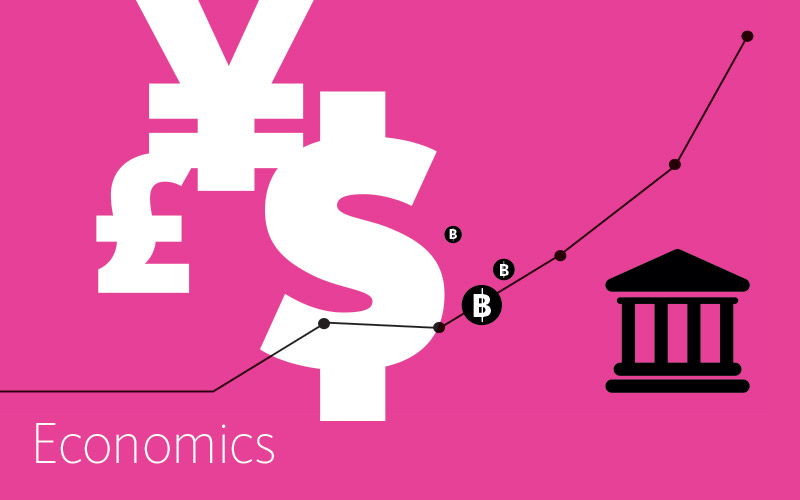
What does the economic landscape of 2025 look like?
Kathi Vian: It’s actually seven economies—the seven Cs. We will still have the traditional corporate and consumer economies, but there’s the emerging collaborative economy that includes things like micro-work platforms and sharing economy platforms. There’s also the creative economy, which will absorb the growing freelance workforce—an engine for the innovation that will drive future economic growth overall. There’s the civil economy, which decides what’s legitimate and what’s not. The corporate economy is sanctioned by the values it encodes, but the criminal economy doesn’t play by these rules. Unfortunately, the criminal economy will be an increasing proportion of the global economy, integrated with the other six. Finally, there’s the crypto economy, which could take peer-to-peer transactions out of the intermediary hands of governments and institutions.
If we look across these seven economies, they suggest that the risk of owning assets is shifting from corporations to individuals. That shift is the headline of economic news in 2025. I’m using asset very broadly. It may be a ladder you can rent out or a car you use to give rides; it may be your intellectual skills or physical labor, or a space that you have access to and sublet. All this points to the collaborative economy—one method corporations use to shift or share risk with individuals.
One way to think about this is to recognize that the corporate economy has seen its return on assets decline steadily over the last 40 years. It’s vulnerable, and the potential for stranded assets is part of its vulnerability. There are many ways for assets to get stranded. Technological innovation is a typical cause: new technologies make old ones less valuable. Assets like proven oil reserves can also become stranded if demand dries up—often as a result of innovation.
Corporations also respond to volatility by automating their work processes. Automation is rapidly moving beyond where you would typically expect it, like in manufacturing, where robots can do the mechanical tasks. Using a micro-work model, it’s possible to break a complex project down into parts and then use software algorithms to replace human managers—the automated platform itself organizes and runs the work needed to complete the project. This displaces workers, undermining the consumer economy by depriving some people of a steady income.
The crypto economy challenges the corporate economy’s role as a trusted intermediary by automating business transactions between parties—including computers—that don’t know each other. It will allow self-driving cars to operate as self-owned corporations, and digital autonomous organizations to own and run businesses the way people do now.
How will people in the workforce cope with these changes?
KV: The Millennial generation, the core of the workforce in 2025, has the largest debt in history, much of it in the form of student loans. To keep the flow of income going when the corporate and consumer economies are unstable, they will also turn to the collaborative economy. But in 2025, as much as half of the workforce will consist of freelancers, not full-time employees. And freelancers in particular will turn to the collaborative economy, which can feed them work or help them find it, and let them get added value from an apartment or a car by sharing it.
There’s already a kind of leveling up taking place in the collaborative economy, with new platforms building on top of the currently established ones. One platform lets people who don’t own a car lease one so they can drive for the ride-sharing services. Another helps freelancers manage the uneven flow of micro-work and make decisions about what projects to take on. A third acts as a virtual union hall, giving those workers an alternative to waiting by the side of the road. A motive for all three platforms is to help the workforce keep more of the revenue it earns.
The creative economy has also been absorbing the displaced workforce. Like the collaborative economy, it will be reshaped as peer-to-peer channels proliferate. The big distribution channels are gatekeepers that filter content strongly. Using the infrastructure of the collaborative economy to build a richer ecosystem of channels can set in motion a virtuous cycle that lets both the distributors and the freelancers prosper. The collaborative economy builds on the creative economy’s innovation. The danger is that this won’t happen—that both economies will condemn the workforce to a subsistence lifestyle.
Which brings us to the criminal economy. Along with exploiting the crypto economy, criminals use online collaborative and coordination networks to organize low-tech and labor-intensive tasks—sometimes at a massive scale. As more people work in the criminal economy, some will get a firsthand education in these new ways of thinking and organizing, and many more will gain valuable leadership, entrepreneurial, and technical skills. The criminal economy is constantly probing the legitimate ones, unconstrained by regulation, so it’s a growing source of innovation for them—as important in this respect as the creative economy.
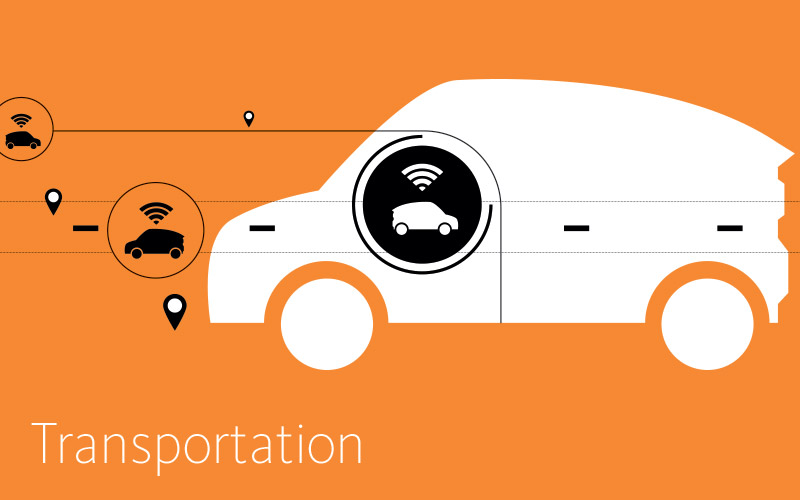
How do you work?
Fletcher Foti: We forecast transportation patterns 30 or 40 years into the future, to the best of our ability. We do this by making assumptions on demographic and economic growth in a region. We look at transportation because it has a massive impact on where people live and work. They choose based on how they want to travel. They’re not just picking a neighborhood, but picking one region over another. I think that’s true regardless of the technologies involved.
To develop our forecasts, we look at recent trends on how demographics affect people’s preferences and how that affects the real estate market. We predict where buildings will be built and how people will travel from home, work, and all the fun places they go. We also analyze things like the travel diaries of tens of thousands of people, cellphone data, and GPS traces to find out how people are moving around now—the current trends.
Is transportation the only factor?
FF: Some companies seek what we call agglomeration economies. They cluster near other companies of the same type in order to attract talent and share knowledge. The people who work for them can easily meet up and share their experience with the latest tools and methods. That’s an obvious competitive advantage for their companies. If a startup outside the cluster hears the news significantly later, that delay could be the difference between making it or not. You miss out on the ethos if you’re not right there, and that ethos can be an incredibly narrow band.
How is transportation changing?
FF: What’s new are self-driving cars and sharing platforms that give you more flexibility in your personal transportation. You don’t have to own a car, you don’t have to maintain it or garage it, you don’t have to park it or figure out routes—the cars or services do it all for you. Automated cars will give you more flexibility. You get picked up and dropped off whenever you want. Self-driving cars may make certain things easier, but most people are still unwilling to sit in a car for long stretches. Even if they’re not driving, 90 minutes at a stretch is probably their limit. Self-driving cars will have a huge land-use impact, because they support compact development. Inner-city travel will benefit the most, because short trips will be so much easier.
Self-driving, neighborhood-serving vans and buses are a logical extension of this, letting transit riders self-select their vehicles. That means that their fellow passengers are likely to be from their own neighborhoods. So the option may be more efficient and sustainable, but it comes with a social equity price that goes against our sense of public transportation as a democratic place where the rich, the poor, and everyone in between interact. Some people avoid it now for that reason, but that’s not actually new: streetcars that served residential neighborhoods had a higher class of riders than buses and subways, despite being slower.
What’s interesting here is that you can solve for the transportation problem—with the goals of higher efficiency and sustainability—and end up with social inequity. You can solve the traffic problem by charging people to drive on roads—congestion by definition is inefficient space. And some people would willingly pay for a clear road, but that’s politically untenable in the US.
Are there other solutions?
FF: In theory, leveraging commute patterns should have a big impact. If you could spread out the commute, that shift could save billions of dollars in transportation infrastructure upgrades. Transit is completely overloaded during commute hours, but half full 80 percent of the time. Startups have proposed apps that can help people shift their commutes, but the nine-to-five workday is still the cultural norm. So, for the foreseeable future, this idea won’t work.
And cars are here to stay?
FF: The car was the greatest innovation of our grandparents’ generation. The Internet and mobile phones were the greatest innovations of our parents’ generation. For the Millennial generation, it might be transportation. We could take the cars—with their noise, emissions, traffic congestion, and fatalities—off our streets. Solving the transportation problem could be our defining innovation, but we may need our children to finish the job.
Most of the pollution comes from about 3 percent of the cars. The big car-sharing services will generate much less, because they set high standards and are moving toward zero-emission vehicles. These companies control enormous fleets of vehicles, and it’s much easier to regulate them—to impose even higher standards—than to regulate the individual car owners.
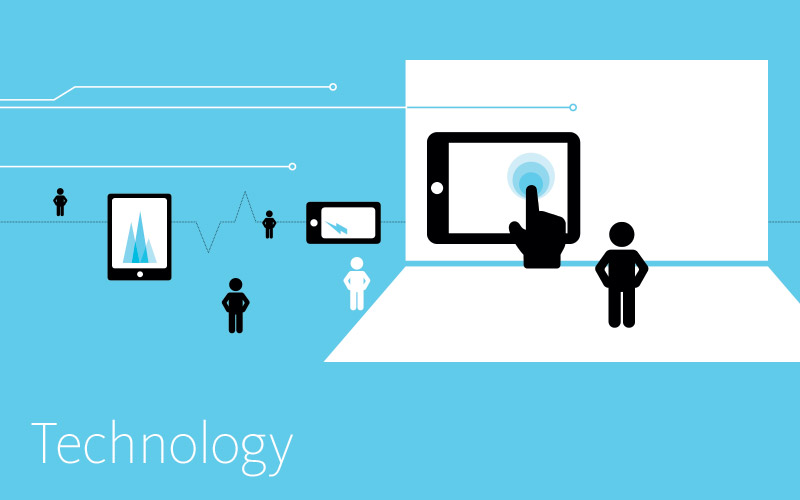
In 2025, will we all be working on projects?
Greg Lindsay: Like Hollywood? There’s definitely the trend. What’s missing is the kind of coordination platforms that would allow people to do this in an empowered way. The sharing economy as it exists now is based on centralized work platforms where the benefits of coordination accrue to an app’s owners, not its users. But what if the Hollywood model merged with the coworking model, for example? You’re not just renting space there—and paying quite a premium for it—but joining a potentially deep roster of talent that can be assembled into ad hoc teams depending on your availability. There have been some interesting experiments with this, but no one’s been able to make it work at scale. While I think it would work best if someone assembled these teams in person, face to face, it may be LinkedIn’s true calling to become the world’s largest talent agency, harnessing all that Big Data about people’s skills and interests. I don’t think the entire future will work this way, but with 40 percent of the US workforce already “contingent,” it’s really just a question of how big a piece it will be.
Does the Internet of Things figure here?
GL: I’m a lot less interested in an Internet of Things than an Internet of People. I’m more interested in an office that knows who I should work with and is happy to make introductions than one that dims the lights.
Most of the discussion about the Internet of Things revolves around the notion that we’re going to make work 10 percent more efficient. I think that’s a dead end. The Internet of Things is already telling people to deliver packages or restock shelves quicker, even if they burn out. Robotic efficiency should be the goal for robots, not for people. But the prevailing logic is the same as what led us from the expensive personal empowerment of Robert Propst’s Action Office II, to the deadening efficiency of the cubicle. What’s the equivalent of the cubicle in the Internet of Things? That’s the question we need to be asking.
What would I like it to do? First, I’d like it to increase our sense of agency and control over our work environment. Second, I’d like it to bring buried or invisible people and resources to our attention. And when it finds them, how will they be presented? Will our days consist of being thrown together with new coworkers by artificial intelligence fiat? Or will we have a choice?
What does this mean for organizations?
GL: That they should stop prizing hierarchy and secrecy. The greatest lie that Frederick Winslow Taylor ever told is that management always knows best. We need to encourage and empower people to “work out loud,” to share what they’re doing, what they have to offer, and what they need help with.
Tools can help with this. One that interests me is Hylo, which offers a goal-oriented social network overlay on top of real communities—whether coworking spaces, alumni networks, or neighborhoods. Hylo lets people work out loud in the cloud by posting so-called “seeds” to it—as in, “Here’s what I have to offer” and “Here’s what I’m looking for.” The software does the sorting by running in the background and looking for opportunities to match your needs and abilities with others. Hylo calls it a “serendipity engine.” Tools like these will change organizational culture as people see the benefit of making public what’s often kept hidden or secret now, so others can find it and respond to it.
Have you experienced the Internet of Things?
GL: I was part of an experiment at Fast Company, where we wore sensor-packed badges that tracked our movements and conversations. One thing we learned is that the best-connected person in the office wasn’t the editor in chief or his deputies, but a new hire whose job touched multiple departments. The next question, which we didn’t ask, is how a person like this affects everyone’s performance. What if she makes everyone 10 percent better in their jobs? How do you compensate her for it?
My personal Internet of Things nightmare is that my employer-issued Fitbit forces me to work at a standing desk after it decides I’ve been sitting for too long. I probably do too much sitting for my health, but I’ve decided that this will be my vice in life. If sitting is the new smoking, I’m going to slouch my way through whole cartons of unfiltered cigarettes.
Allison Arieff is SPUR’s editorial director. She writes regularly for the New York Times, California Sunday Magazine, and other publications.
Eva Hagberg Fisher writes for Metropolis and Wallpaper. She is the author of the design books, Nature Framed and Dark Nostalgia, both published by Monacelli.

